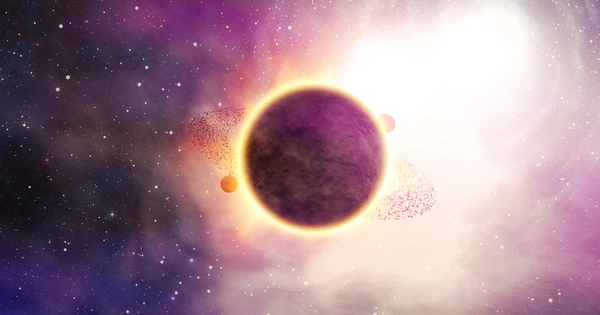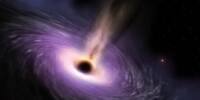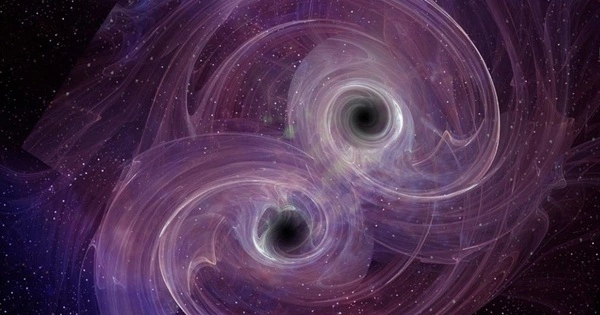The discovery and characterization of exoplanets has the potential to provide the world with one of the most significant discoveries in the history of astronomy: the identification of life beyond Earth. The presence of atmospheric biosignature gases—gases produced by life that can accumulate to detectable levels in an exoplanet atmosphere—can indicate the presence of life.
Astronomers have discovered the heaviest element ever discovered in an exoplanet atmosphere: barium. They were surprised to find barium at high altitudes in the atmospheres of the ultra-hot gas giants WASP-76 b and WASP-121 b – two exoplanets that orbit stars outside our Solar System. This unexpected discovery raises questions about what these exotic environments might be like.
Using the European Southern Observatory’s Very Large Telescope (ESO’s VLT), astronomers discovered the heaviest element ever discovered in an exoplanet atmosphere: barium. They were surprised to find barium at high altitudes in the atmospheres of the ultra-hot gas giants WASP-76 b and WASP-121 b – two exoplanets that orbit stars outside our Solar System. This unexpected discovery raises questions about what these exotic environments might be like.
“The perplexing and counterintuitive part is: why is there such a heavy element in the upper layers of these planets’ atmospheres?” Tomás Azevedo Silva, a PhD student at the University of Porto and the Instituto de Astrofisica e Ciências do Espaço (IA) in Portugal, led the study, which was published today in Astronomy & Astrophysics.
This was in a way an ‘accidental’ discovery. We were not expecting or looking for barium in particular and had to cross-check that this was actually coming from the planet since it had never been seen in any exoplanet before.
Azevedo Silva
WASP-76 b and WASP-121 b are not your average exoplanets. Both are known as ultra-hot Jupiters because they are comparable in size to Jupiter but have extremely high surface temperatures that exceed 1000°C. This is due to their close proximity to their host stars, which also means that an orbit around each star takes only one to two days. This gives these planets unusual characteristics; for example, astronomers suspect WASP-76 b rains iron.
But even so, the scientists were surprised to find barium, which is 2.5 times heavier than iron, in the upper atmospheres of WASP-76 b and WASP-121 b. “Given the high gravity of the planets, we would expect heavy elements like barium to quickly fall into the lower layers of the atmosphere,” explains co-author Olivier Demangeon, a researcher also from the University of Porto and IA.
“This was in a way an ‘accidental’ discovery,” says Azevedo Silva. “We were not expecting or looking for barium in particular and had to cross-check that this was actually coming from the planet since it had never been seen in any exoplanet before.”

The presence of barium in the atmospheres of both of these ultra-hot Jupiters suggests that this class of planets is even more bizarre than previously thought. Although we occasionally see barium in our own skies as the brilliant green color of fireworks, scientists are wondering what natural process could cause this heavy element to be at such high altitudes in these exoplanets. “Right now, we don’t know what the mechanisms are,” Demangeon explains.
In the study of exoplanet atmospheres ultra-hot Jupiters are extremely useful. As Demangeon explains: “Being gaseous and hot, their atmospheres are very extended and are thus easier to observe and study than those of smaller or cooler planets.”
Determining the composition of an exoplanet’s atmosphere requires highly specialized equipment. The team used the ESPRESSO instrument on ESO’s VLT in Chile to analyze starlight that had been filtered through the atmospheres of WASP-76 b and WASP-121 b. This enabled the detection of several elements, including barium.
These new findings show that we have only scratched the surface of the mysteries of exoplanets. Future instruments, such as the high-resolution ArmazoNes high Dispersion Echelle Spectrograph, which will operate on ESO’s upcoming Extremely Large Telescope, will allow astronomers to study the atmospheres of exoplanets large and small, including those of rocky planets similar to Earth, in greater depth and gather more clues about the nature of these strange worlds.
















